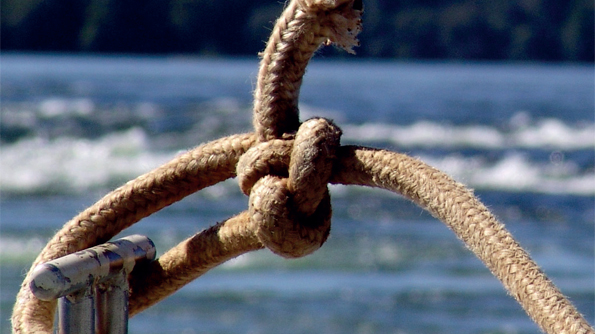DRM must evolve to satisfy needs of both content owners and end users or face abandonment, says Arthur D. Little
<p>Arthur D. Little's new report, "<b>Untying the Gordian Knot</b>", examines the current state of play in digital rights management (DRM) and concludes that systems must evolve to deliver both acceptable content protection for owners and maximum interoperability for users, otherwise DRM may be abandoned altogether.</p>
While DRM has been used since the early days of digital content distribution, it has long been a source of controversy, with complex proprietary systems creating integration headaches for manufacturers and distributors, and preventing end users from legitimately sharing content across different devices and platforms. The rise of digital piracy can even be part-blamed on the inflexibility of traditional DRM systems, with users resorting to file sharing as not only the cheapest, but also easiest way of accessing and sharing content.
The perceived failure of DRM to stop piracy has led some stakeholders - most notably Apple - to abandon it in favor of 'watermarking' digital content and linking it to individual consumers, in order for leakage to be better tracked and file sharers more easily prosecuted. However, this approach raises serious issues relating to the potential blacklisting and criminalization of users, particularly in the context of online identity theft.
Arthur D. Little foresees three possible scenarios for DRM:
- Continued fragmentation of proprietary DRM systems and continued limited fulfillment of stakeholders' needs
- Gradual abandonment of DRM in favor of other content tracking techniques such as watermarking or fingerprinting
- Emergence of next generation DRM system(s) that manage to balance end user needs with the requirements of all other stakeholders
"The present situation is the worst of all worlds. Scrapping DRM altogether would be an improvement over today's complex web of proprietary systems, but would bring its own problems," says Erik Almqvist, co-author of the report and Director at Arthur D. Little's Telecoms, Information, Media & Electronics (TIME) Practice. "Standardizing on an interoperable set of DRM technologies based on open standards such as Marlin, OMA and/or DECE would be better than dismantling DRM altogether, as abandonment could spell bad news for the protection of ordinary consumers' rights."
"Untying the Gordian Knot" is available for download at
www.adl.com/drm
DRM must evolve to satisfy needs of both content owners and end users or face abandonment, says Arthur D. Little
<p>Arthur D. Little's new report, "<b>Untying the Gordian Knot</b>", examines the current state of play in digital rights management (DRM) and concludes that systems must evolve to deliver both acceptable content protection for owners and maximum interoperability for users, otherwise DRM may be abandoned altogether.</p>
While DRM has been used since the early days of digital content distribution, it has long been a source of controversy, with complex proprietary systems creating integration headaches for manufacturers and distributors, and preventing end users from legitimately sharing content across different devices and platforms. The rise of digital piracy can even be part-blamed on the inflexibility of traditional DRM systems, with users resorting to file sharing as not only the cheapest, but also easiest way of accessing and sharing content.
The perceived failure of DRM to stop piracy has led some stakeholders - most notably Apple - to abandon it in favor of 'watermarking' digital content and linking it to individual consumers, in order for leakage to be better tracked and file sharers more easily prosecuted. However, this approach raises serious issues relating to the potential blacklisting and criminalization of users, particularly in the context of online identity theft.
Arthur D. Little foresees three possible scenarios for DRM:
- Continued fragmentation of proprietary DRM systems and continued limited fulfillment of stakeholders' needs
- Gradual abandonment of DRM in favor of other content tracking techniques such as watermarking or fingerprinting
- Emergence of next generation DRM system(s) that manage to balance end user needs with the requirements of all other stakeholders
"The present situation is the worst of all worlds. Scrapping DRM altogether would be an improvement over today's complex web of proprietary systems, but would bring its own problems," says Erik Almqvist, co-author of the report and Director at Arthur D. Little's Telecoms, Information, Media & Electronics (TIME) Practice. "Standardizing on an interoperable set of DRM technologies based on open standards such as Marlin, OMA and/or DECE would be better than dismantling DRM altogether, as abandonment could spell bad news for the protection of ordinary consumers' rights."
"Untying the Gordian Knot" is available for download at
www.adl.com/drm


